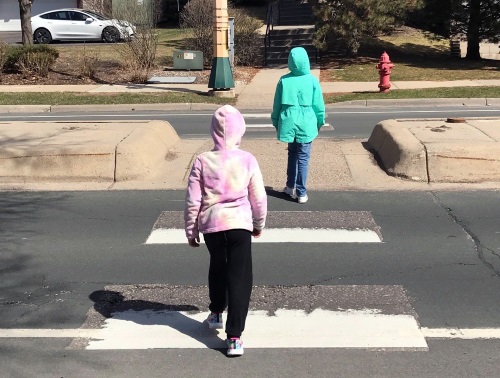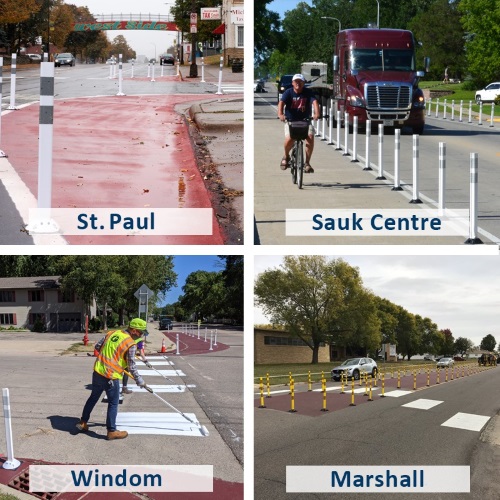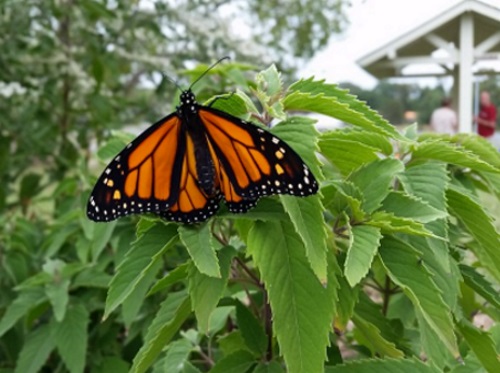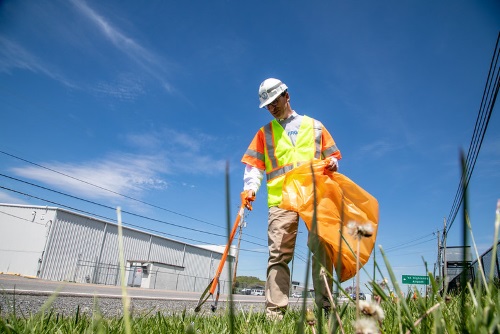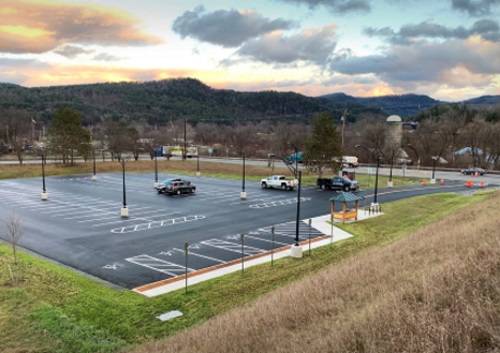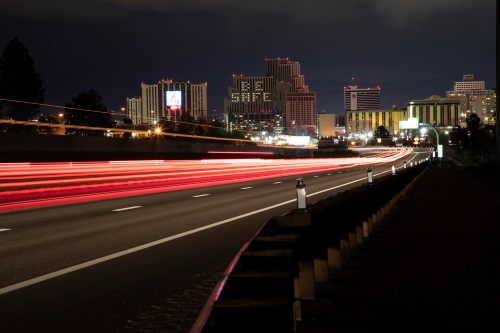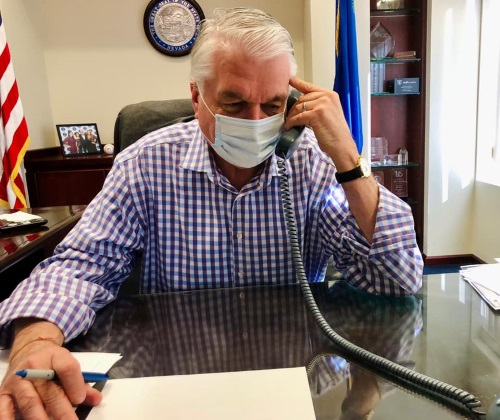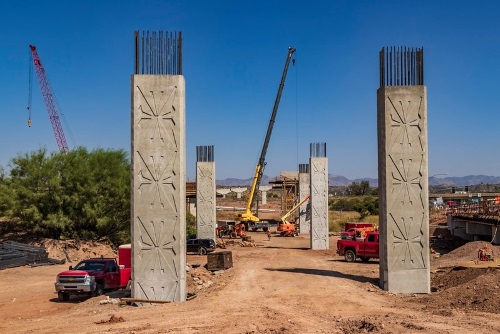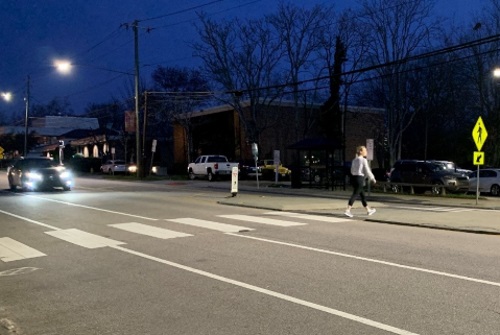A roundup of headlines curated for state transportation environmental professionals
FEDERAL ACTION
Congress Passes One-Week Extension of CR – AASHTO Journal
Report urges Congress to reform surface transportation funding – Transportation Today
Final WRDA package leaves clean water out – WaterWorld
Transit systems nationally – including UTA – beg Congress for emergency pandemic aid – Salt Lake Tribune
The Emergency Funding Ideas That Could Help Keep Transit Alive – CityLab
EPA Announces $17.7 Million in Grants to Support Water Systems Rural and Small Communities – EPA (Press release)
COVID-19
FedEx, UPS to ‘split country into two’ for COVID-19 vaccine distribution, UPS exec says – USA Today
‘Very High Risk’: Longshoremen Want Protection From the Virus So They Can Stay on the Job – New York Times
INFRASTRUCTURE RESILIENCE AND SUSTAINABILITY
How Disasters Can Spur Resiliency in the Gulf – National Academies
Congress Eyes Support for Busy Ports – Transport Topics
Nashville mayor proposes $1.6 billion transportation plan – WKRN-TV
Benefits of Ports-to-Plains hailed – Amarillo Globe-News
International Coalition for Sustainable Infrastructure Celebrates Growth in First Year – American Society of Civil Engineers (Press release)
AIR QUALITY
Trucking Takes Initial Steps Toward a Zero-Emission Future – Transport Topics
ENVIRONMENTAL JUSTICE
Xavier Becerra Brings Environmental Justice to Forefront – New York Times
Biden can’t move the needle on environmental justice without these 2 things – Vox
Growing Opposition To Transportation Climate Initiative (TCI) From Environmental & Social Justice Groups In New Jersey And Nationally – Insider NJ (Press release)
NATURAL RESOURCES
How one city plans to recover from losing most of its trees – National Geographic
The North Carolina hog industry’s answer to pollution: a $500m pipeline project – The Guardian
Senate passes priority bill improving water quality, sustainability – Sentinel-Tribune
Eroding coast paves the way for ‘managed retreat’ – Los Angeles Times (Link to video)
HEALTH AND HUMAN ENVIRONMENT/ACTIVE TRANSPORTATION
To Rethink the School Run, Get Rid of the Cars – CityLab
Area universities, Texas Research Alliance to provide innovative transportation assistance – Blue Ribbon News
Research recommends additional support for innovative shared-mobility services in Minnesota – University of Minnesota Center for Transportation Studies
DelDOT Launches Report a Pedestrian Issue Feature on Website & App – DelDOT (Press release)
MnDOT invites public comment on first Statewide Pedestrian System Plan – MnDOT (Press release)
TRB RESOURCES/ANNOUNCEMENTS
Permissible Uses of Airport Property and Revenue – TRB
Protecting Wildlife Habitat is a Robust Slice of Transportation Planning – TRB
Register for UC ITS and TRB Webinar on COVID-19, Transit, and Shared Mobility – TRB (Webinar)
Pedestrian Resources to Help Talk the Walk – TRB
FEDERAL REGISTER NOTICES
National Standards for Traffic Control Devices; the Manual on Uniform Traffic Control Devices for Streets and Highways; Revision – FHWA (Proposed rule; notice of proposed amendments)
Environmental Impact Statement: Collin County, Texas – FHWA (Federal notice of intent to prepare an environmental impact statement)
Adoption of the Federal Highway Administration’s Nationwide Section 4(f) Net Benefit and Historic Bridges Programmatic Evaluations – FRA and FTA (Notice)
State Highway-Rail Grade Crossing Action Plans – FRA (Final rule)
Applying the Supreme Court’s County of Maui v. Hawaii Wildlife Fund Decision in the Clean Water Act Section 402 National Pollutant Discharge Elimination System Permit Program – EPA (Notice of availability of draft guidance and request for comment)
Hazardous and Solid Waste Management System: Disposal of CCR; A Holistic Approach to Closure Part B: Alternate Demonstration for Unlined Surface Impoundments; Correction – EPA (Final rule; correction)
Hazardous and Solid Waste Management System: Disposal of Coal Combustion Residuals From Electric Utilities; Legacy CCR Surface Impoundments; Extension of Comment Period – EPA (Advance notice of proposed rulemaking; extension of comment period)
Air Plan Approval; Pennsylvania; Reasonably Available Control Technology (RACT) for Volatile Organic Compounds (VOC) Under the 2008 Ozone National Ambient Air Quality Standards (NAAQS) – EPA (Final rule)
Criminal Negligence Standard for State Clean Water Act 402 and 404 Programs – EPA (Proposed rule)
Technical Mapping Advisory Council; Meeting – FEMA (Committee Management; Notice of Federal Advisory Committee meeting)

